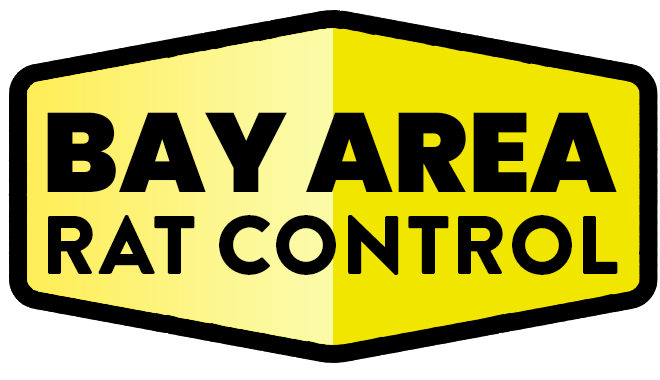Opening Thoughts
Choosing the right bait and traps is essential for effective rat control. With a variety of options available, understanding their pros and cons can help you select the best tools for your situation. This guide explores different types of rat baits and traps, their effectiveness, and how to use them safely.
Understanding Rat Baits
1. Poison Baits (Rodenticides)
- How They Work:
- Contain anticoagulants or neurotoxins that kill rats after ingestion.
- Pros:
- Highly effective for large infestations.
- Easy to use in bait stations.
- Cons:
- Can pose risks to children, pets, and non-target animals if not used properly.
- Dead rats may decompose in inaccessible areas, causing odors.
2. Natural Baits
- Examples:
- Peanut butter, nuts, fruits, or grains.
- Pros:
- Safe for use around children and pets.
- Readily available and cost-effective.
- Cons:
- Require frequent replenishment.
- May not be effective for large infestations.
Types of Rat Traps
1. Snap Traps
- How They Work:
- A spring-loaded mechanism snaps shut when triggered.
- Pros:
- Quick and humane when set correctly.
- Inexpensive and reusable.
- Cons:
- Requires careful placement to avoid harming pets or children.
- May be messy to clean after use.
2. Glue Traps
- How They Work:
- Rats get stuck on a sticky adhesive surface.
- Pros:
- Simple to set up and inexpensive.
- Effective in small, confined spaces.
- Cons:
- Can cause prolonged suffering to trapped rats.
- Limited use in dusty or high-traffic areas where the adhesive may lose effectiveness.
3. Live Traps
- How They Work:
- Cages or enclosures capture rats alive for release elsewhere.
- Pros:
- Humane option for those opposed to killing animals.
- Allows relocation away from the property.
- Cons:
- Requires regular monitoring to avoid prolonged stress for trapped rats.
- Released rats may return if not relocated far enough away.
4. Electronic Traps
- How They Work:
- Deliver a high-voltage shock that kills rats instantly.
- Pros:
- Quick, humane, and less messy.
- Safe for use in areas without small children or pets.
- Cons:
- More expensive than traditional traps.
- Requires batteries or a power source.
Choosing the Right Baits and Traps
Factors to Consider
- Infestation Size:
- Large infestations may require poison baits combined with traps.
- Smaller infestations can often be managed with snap or live traps.
- Location:
- Use snap or glue traps in enclosed spaces, such as basements or attics.
- Poison baits work best in outdoor bait stations or inaccessible areas.
- Safety:
- Avoid using poison baits or snap traps in areas frequented by children or pets.
- Opt for electronic or live traps in family homes.
Placement Tips
- Place traps along walls where rats typically travel.
- Use multiple traps or bait stations in high-activity areas.
- Rotate bait types if rats become wary of a particular food.
Pros and Cons Summary
| Type | Pros | Cons |
|---|---|---|
| Poison Baits | Effective for large infestations | Risks to pets, children, and non-target animals |
| Natural Baits | Safe, readily available | Frequent replenishment needed |
| Snap Traps | Quick, humane, reusable | Requires careful placement |
| Glue Traps | Simple, inexpensive | Prolonged suffering for rats |
| Live Traps | Humane, allows relocation | Time-intensive, requires regular monitoring |
| Electronic Traps | Instant kill, less messy | Expensive, requires power |
Safe Handling Practices
- Always wear gloves when handling traps or baits to avoid transferring human scent.
- Use tamper-proof bait stations to protect children and pets.
- Dispose of dead rats and used traps in sealed plastic bags to prevent contamination or odors.
When to Call a Professional
- If DIY methods fail to control the infestation.
- For large infestations requiring a combination of baits and traps.
- To ensure safe and compliant use of rodenticides.
Final Thoughts
Selecting the right baits and traps for your rat problem depends on the size of the infestation, the location, and your safety concerns. By understanding the pros and cons of each option, you can make an informed decision and take effective action to eliminate rats from your property. Combine these tools with preventive measures for long-term success.
Relevant Links/Sources:
Choosing Rat Baits and Traps – CDC
Safe Pest Control Options – EPA
Effective Rat Traps and Baits – PestWorld
